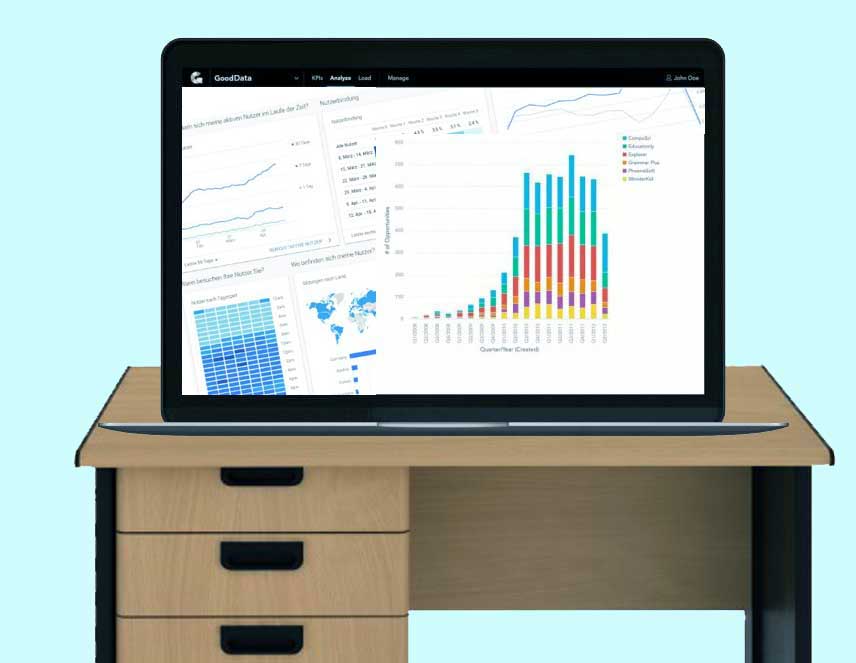Measuring Success: Key Performance Indicators in Business Intelligence

Key performance indicators (KPI) are measurable values that show how effectively a company achieves its goals. KPIs are used in business intelligence (BI) to track progress against goals and to identify areas that need improvement.
KPIs that can be used in BI
There are many types of KPIs that can be used in BI, but some of the most common include:
- Sales: Sales revenue, number of customers, average order value, etc.
- Marketing: Lead generation, conversion rates, website traffic, etc.
- Customer service: Customer satisfaction, customer churn rate, average resolution time, etc.
- Financials: Net profit margin, return on investment, operating costs, etc.
The specific KPIs a company uses will depend on its industry and specific goals. For example, a retail company might focus on sales revenue, number of customers, and average order value, while a software company might focus on lead generation, conversion rate, and customer churn rate.
KPIs can be measured using various data sources, such as sales data, website analytics, and customer surveys. BI tools can be used to collect and analyze data from these sources to calculate KPIs.
Once KPIs are calculated, they can be used to track progress against goals over time. This information can be used to identify areas that need improvement and make necessary adjustments.
Use of KPIs in BI
Here are some examples of using KPIs in BI:
Retail companies might use KPIs to track sales performance over time and to identify products that are selling well and products that are not.
Software companies might use KPIs to track lead generation and conversion rates to identify areas where they can improve their marketing campaigns.
Customer service teams might use KPIs to track customer satisfaction and churn rates to identify areas where they can improve the customer experience.
Finance teams might use KPIs to track net profit margin and return on investment to assess a company’s financial performance.
By using KPIs in BI, businesses can make better decisions about how to allocate resources and how to improve their performance.
Use KPIs effectively
Here are some tips for using KPIs effectively:
- Define your goals: Before you start tracking KPIs, it is important to define your goals. What do you want to achieve with your business? Once you define your goals, you can identify KPIs that will help you track progress.
- Choose the right KPIs: Not all KPIs are created equal. It is important to choose KPIs that are relevant to your goals and can be measured accurately.
- Set targets: Once you have chosen your KPIs, it is important to set targets for each of them. This will help you track your progress and identify areas that need improvement.
- Track your KPIs regularly: KPIs should be tracked regularly so you can identify trends and patterns. This information can be used to make necessary adjustments to your business strategy.
- Use BI tools: BI tools can help you collect, analyze, and visualize data to calculate KPIs. This can save you time and effort, and help you gain more insights from your data.
By following these tips, you can use KPIs in BI to make better decisions and improve your business performance.